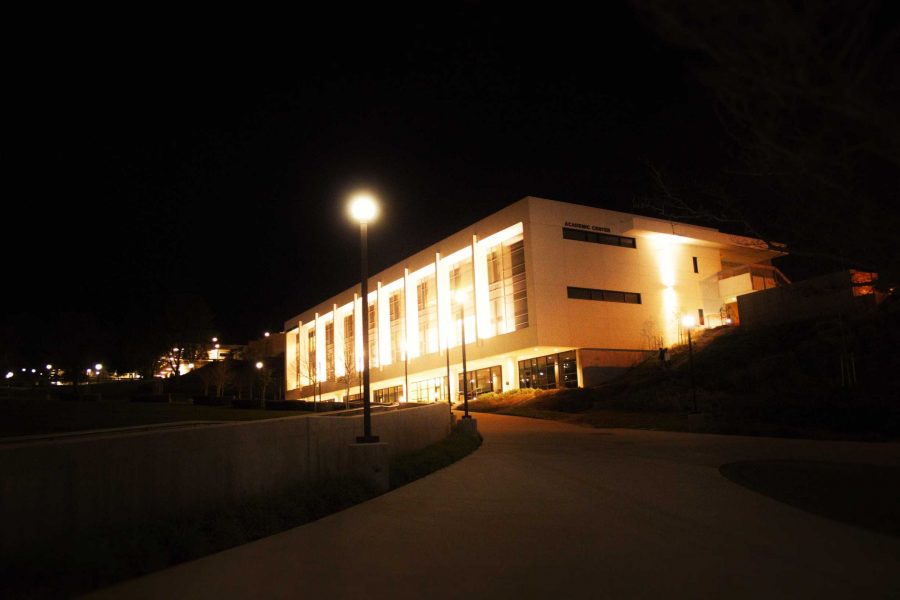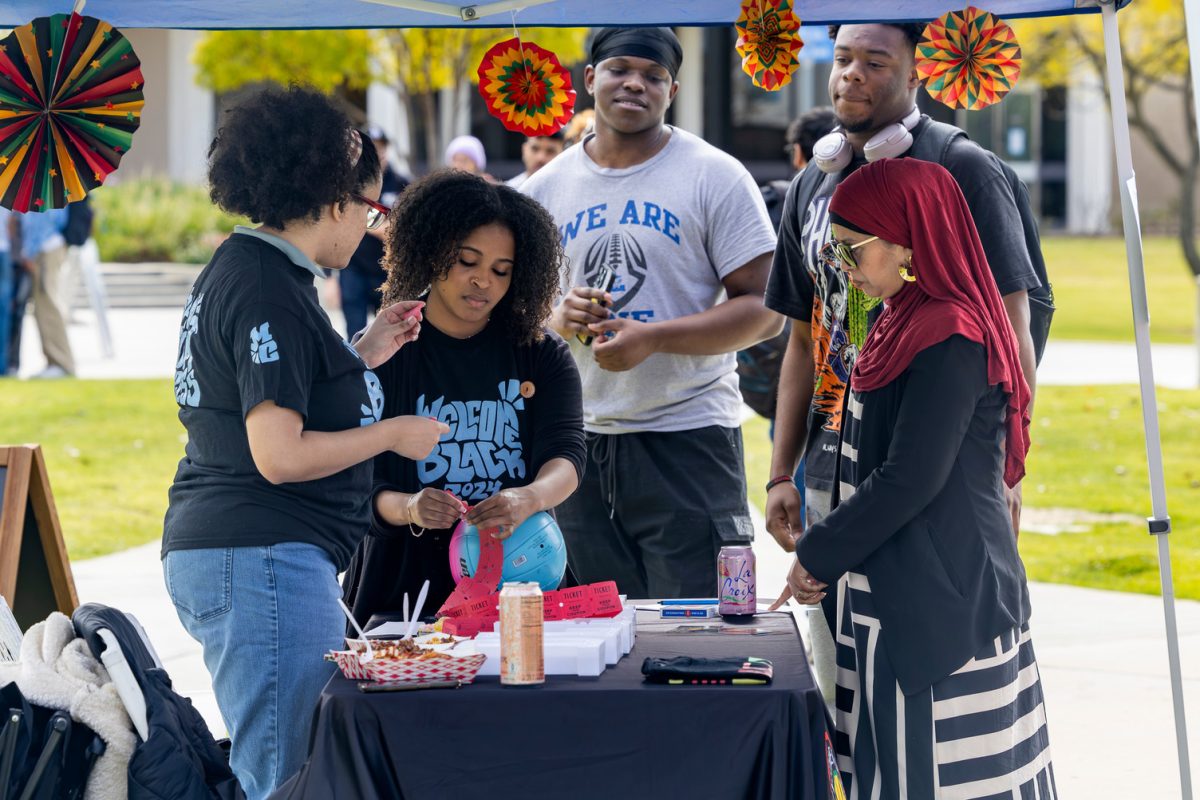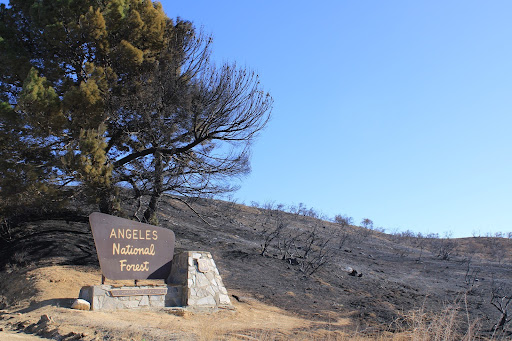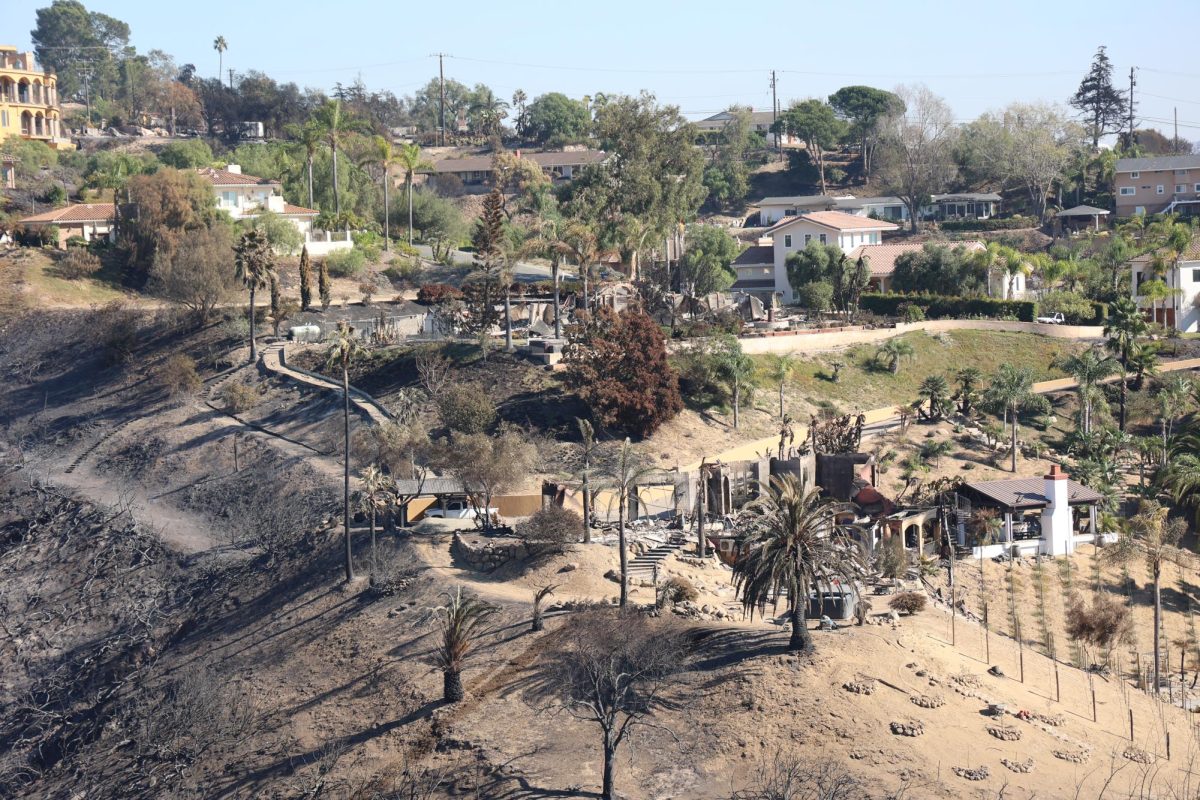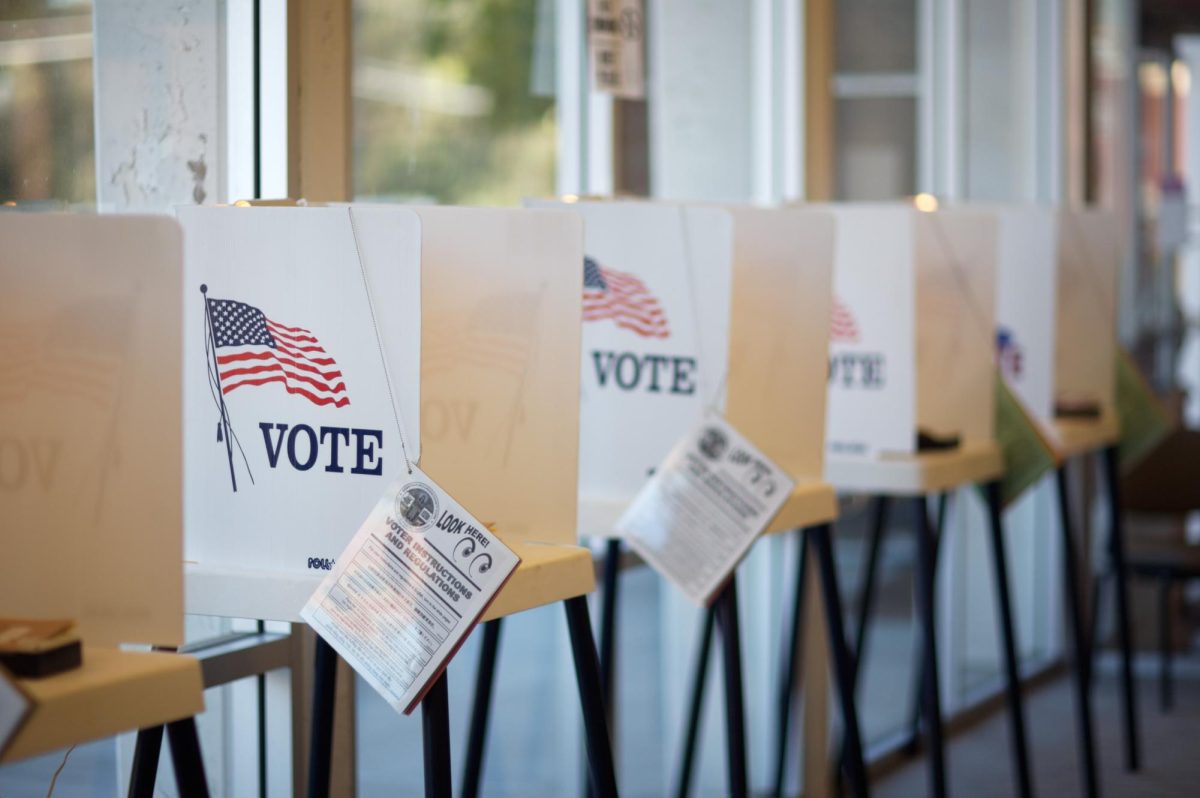New energy efficient L.E.D. lights will soon replace the exterior lighting for all Ventura County Community Colleges.
The state will use the estimated $1 billion in earnings from Proposition 39 to fund energy-efficient projects and energy saving jobs. The $900,000 that the district received will go towards purchasing and installing the L.E.D. lighting, which totals $1.2 million.
The money must be spent by June 30, 2014, as required by Proposition 39, according to a statement made by the district on its Board of Trustee Agenda website.
The funds received can only be used for energy-efficient upgrades and projects. Due to time restraints, the district chose this project.
“The outdoor lights were the quickest and most efficient way to comply with the proposition,” said Vice Chancellor of Business and Administration Brian Fahnestock.
Proposition 39 will be in effect for five fiscal years and will dump roughly $550 million into the state’s Clean Energy Job Creation Fund from the General Fund, according to Senate Bill 73.
Funding from Proposition 39 was made available to the district in December. Proposition 39, which was passed in November 2012, is a bill that taxes out-of-state corporations which do business in California. This closed a major tax loophole that saw out-of-state corporations avoiding sales taxes and keeping jobs out of California, says the California Ballot Voter’s Guide.
The Ballot Voter’s Guide explained that the $1 billion tax increase on job creators that the proposition receives its funding from could see the burden of the new taxes being passed on to middle-class employees. This could exist in the form of lay-offs and decreased hours.
Senate Bill 73, which specifies the details of how the funds received from Proposition 39 will be distributed among K-12 schools and community colleges, states that the pursuit of the energy saving projects in schools will provide long-term savings and budgetary flexibility so schools can concentrate their limited resources on education and not utility bills.
“Currently, the district is beginning step two of its two-step process for the project,” said Fahnestock.
Step one identified contractors based on a specific criteria ranging from team member qualifications to experience with energy efficient services and community colleges.
Step two will pitch contractors against one another in a process to evaluate a specific project scope of work, a time-frame and contractors’ submitted proposals.
Installation will begin as soon as a vendor is decided upon in mid-February.

